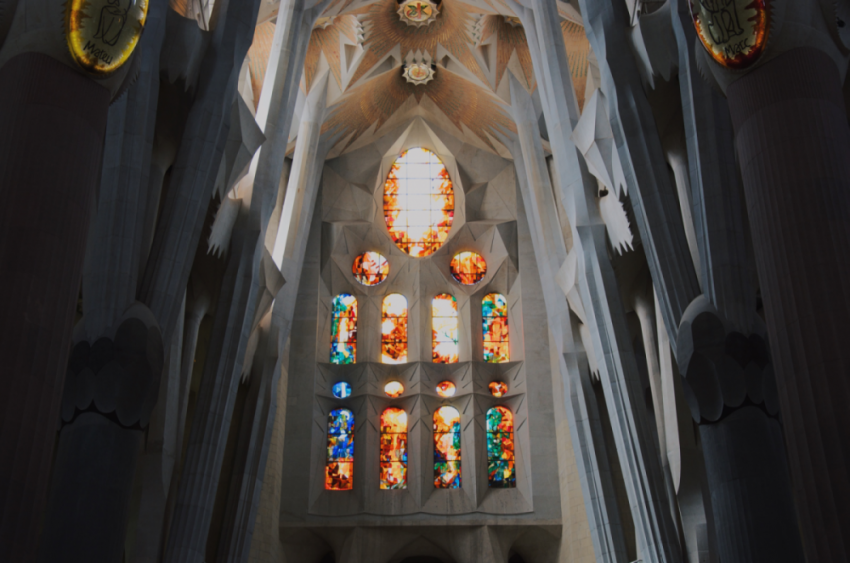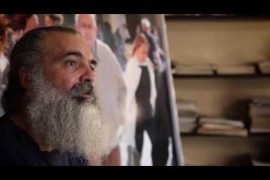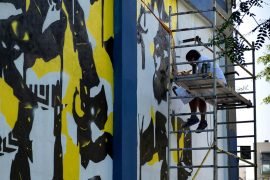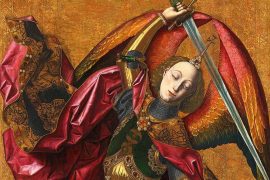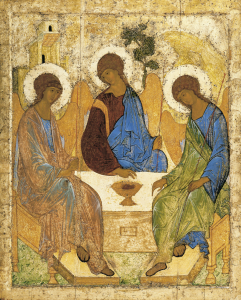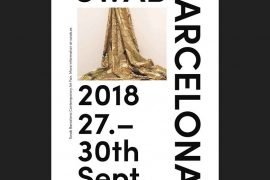[dropcap letter=”T”]
he relation between Klimt and Schiele is fascinating, despite the great age difference: Klimt was 28 years older than Schiele, but they shared the same artistic ideas, which were focused on avant-garde art, and embraced the concept of Gesamtkunstwerk, a form of total art that included architecture, sculpture, painting, design or decorative arts, among others. In addition, the two artists studied the expression of human bodies in their drawings, being interested on gestures and extreme postures and emphasizing the decorative and ornamental line. On the occasion of the centenary of Schiele’s death, Jacobo Zabalo published a magnificent text in The New Barcelona Post.
 The Royal Academy of Arts of London (RA), on the centenary of the death of Gustav Klimt and Egon Schiele, wanted to pay tribute to these two great modernists with an itinerant exhibition that brings together the drawings and sketches made at different stages of their lives: Klimt / Schiele. Drawings from the Albertina Museum, Vienna. The exhibition can be visited until February 3rd, 2019. Admission fee is around € 15.
The Royal Academy of Arts of London (RA), on the centenary of the death of Gustav Klimt and Egon Schiele, wanted to pay tribute to these two great modernists with an itinerant exhibition that brings together the drawings and sketches made at different stages of their lives: Klimt / Schiele. Drawings from the Albertina Museum, Vienna. The exhibition can be visited until February 3rd, 2019. Admission fee is around € 15.
It is not clear when these two artists met in person: Schiele said it was in 1907, but then he was a totally unknown student. Klimt, by contrast, had already been at the centre of the scandal for The Faculty Paintings”, in 1894, when he was commissioned to create three large paintings at the University of Vienna. They caused public outrage among the Viennese due to the naked figures that could be appreciated, some of which can be seen in sketches and studies in room number two of the exhibition that hosts the Royal Academy of Arts.
During those years, Klimt was also the co-founder and first president of the artistic group called Viennese Secession, founded in 1897, which aimed to rejuvenate the Austrian visual arts and find an alternative to the historicist aesthetic of the Registraße that surrounded the old and conservative core of Vienna. Throughout the exhibition of the RA visitors can see a variety of drawings related to movement that, despite having a short life, Klimt epitomised.
The next major project in which Klimt decides to get involved, also before meeting Schiele, is the homage to Beethoven in the fourteenth Secession exhibition, which had more than 60,000 visitors. Klimt, influenced by Japanese art, takes part with the Beethovenfries, a mural of 2.15×34 meters. It is based on the Ninth Symphony and represents the temptation of humanity in the search for happiness through mythological iconography. In the exhibition Drawings from the Albertina Museum, Vienna you can see the sketches entitled Studie für das Liebespaar im Beethovenfries, where Klimt works the crowning part of the mural and shows the realm of ideal happiness, a reflection of Friederich’s Ode to Joy Schiller, incorporated in the choir singing at the end of the Ninth Symphony. This drawing was also the study of his famous painting The Kiss (original title, Der Kuss).
“I walked with Klimt until March, today I think I am completely different,” said Egon Schiele
It is in 1908, when Klimt organizes the first Viennese Kunstschau and introduces his work Der Kuss, that Schiele is impressed by his painting. Then, Schiele was 18 years old, had studied in the famous Akademie der Bildenden Kunste and had developed a dissatisfaction with conservative teaching models.
A year later, in 1909, Schiele participated in the second Kunstschau after Klimt’s invitation. His admiration towards him is evident, and the exchanges of drawings and sketches between the two artists probably increased their creative connection. Schiele’s fascination will continue to grow until 1910, when he finds his own artistic and distinctive voice after spending a few months living outside Vienna, and says: “I walked with Klimt until March, today I think I am completely different.”
PORTRAITS AND EROTICISM: OVERCOMING THE TABÚ
In the third room of the exhibition visitors can clearly see one of the most representative genres of the two artists: the portrait. The vast majority of Klimt’s portraits are oil paintings, in the square format that characterized his work, and are commissioned by personalities of Viennese society, especially women. In contrast, Schiele, considered an emerging artist for most of his life, could not follow this path. He had to ask friends and family for modelling, until the last year of his life, in which he did have great commissions. In the exhibition, visitors can enjoy some of these portraits, among which there are two of Friederike Maria Beer, one of the very few people who were painted by both artists. Unlike Klimt, Schiele did have a special interest in self-portraits, and some are present at the RA exhibition. Schiele identified himself with Saint Francis of Assisi and said that he saw art as a spiritual call, against the materialism of modern capitalist society.
Another of the most important subjects, common in both artists, is eroticism. In the exhibition a very important role is devoted to it: a whole room is occupied by numerous drawings of both Klimt and Schiele. Sexuality is recurrent in the drawings and paintings of these artists. Both felt a great need to understand the body and human form through painting. Both painted subjects that were “taboo” at the time, such as masturbation or homosexuality: Klimt did it from a more sensual perspective and Schiele looking for a more direct and provocative effect.
In 1911, Schiele begins to become successful and performs his first individual exhibition at the Galerie Miethke, in Vienna. A year later, on April 13rd, 1912, he was denounced for child seduction and immorality and was imprisoned for 24 days. The judge confiscated 125 paintings, that were burnt as punishment for not having kept the erotic paintings in a “safe place”. During his short stay in prison, Schiele paints a series of watercolours, some of them present in the exhibition: one can recognize a clear difference between those painted the first days of imprisonment -more structured ones- and those of the last days -that are close to delirium, like the one that depicts, for example, a chair levitating beyond the floor.
In 1916, these two characters share space again at the Wiener Kunstschau exhibition in Berlin, where their paintings are shown side by side. Two years later, in January 1918, Klimt is hospitalized and dies of pneumonia on February 6th: Schiele paints three final drawings of Klimt in the morgue. A month later, Schiele will be invited to organize the 49th edition of the Secession exhibition where he presents a drawing where one can see a table full of artists with an empty chair, reserved for Klimt. This work is also part of the exhibition Drawings from the Albertina Museum, Vienna of the RA in London. That same July of 1918, Schiele rents the old studio of Klimt with the intention of turning it into an art school but, a few months later, the artist is infected with the Spanish flu and dies on October 31st.

